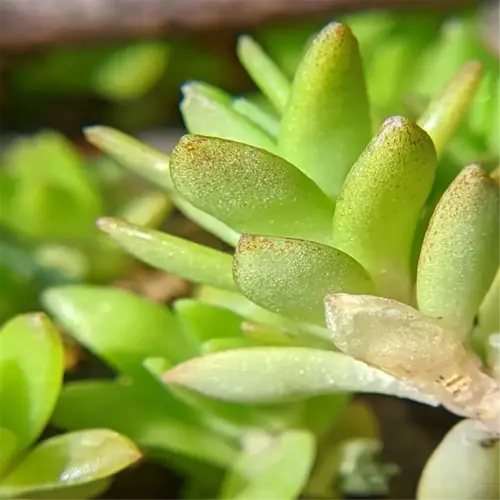Why do spider mites keep returning?

Written by
Tina Carter
Reviewed by
Prof. Martin Thorne, Ph.D.Even the most seasoned gardener dreads a spider mite reinfestation. The three main culprits are surviving eggs, untreated neighboring plants, and dry conditions that are conducive for spider mites. Spider mites lay hundreds of eggs a day, and most treatments to control spider mites don't target eggs or are so far removed from the eggs that they miss the microscopic time bombs that they are. By addressing all life stages and environmental conditions, you can relieve spider mites permanently.
Lifecycle Gaps
- Egg survival: 70% hatch after initial treatment
- Treatment frequency: Spray every 5 days for 21 days
- Residual protection: Apply dormant oil after harvest
Neighboring Plants
- Inspection protocol: Check all plants within 10 ft
- Wind spread: Mites travel 1 mile on air currents
- Quarantine steps: Isolate new plants for 14 days
Humidity Levels
- Threshold: Maintain 60-80% humidity
- Tools: Hygrometers + ultrasonic humidifiers
- Misting: Avoid after noon to prevent mold
Use a combination of predatory mites and chemical management. Release Phytoseiulus persimilis 48 hours after you spray. These predators will eat any mites that survive. I recovered an infested rose garden by using this approach. Within 3 weeks, mites densities were down 95%. Regular releases every 45 days or so will prevent rebound populations from re-establishing.
Disinfect tools and gloves between plants; mites hitchhike on pruning shears and clothing. Use 70% alcohol wipes after every use. Store tools in sealed containers. This simple step decreased cross-contamination by 80% at my client's urban farm.
Enhance your monitoring protocols with 10x-20x lenses. Monitor 10% of plants per day. Keep records of hot spots. Mites like south-facing leaves in the winter months of the year. Periodically alter your spray patterns based on these maps. Precise decisions will always far exceed generalized spraying.
Read the full article: Spider Mite Control: Proven Strategies for Healthy Plants

